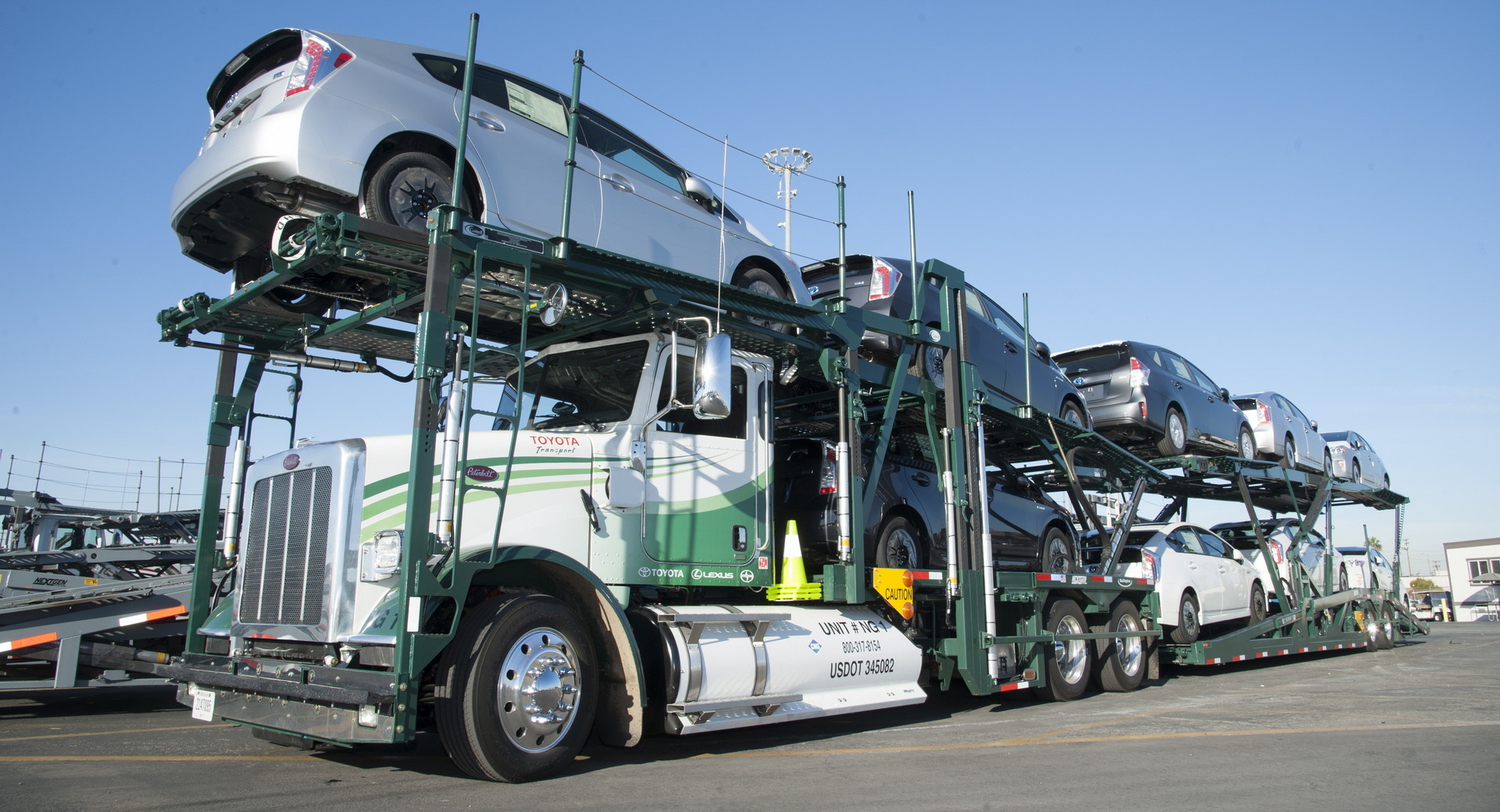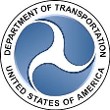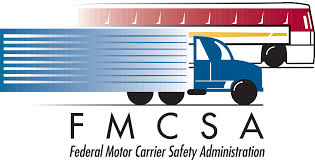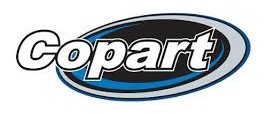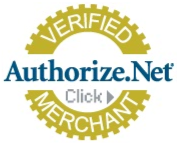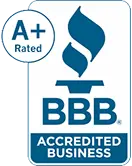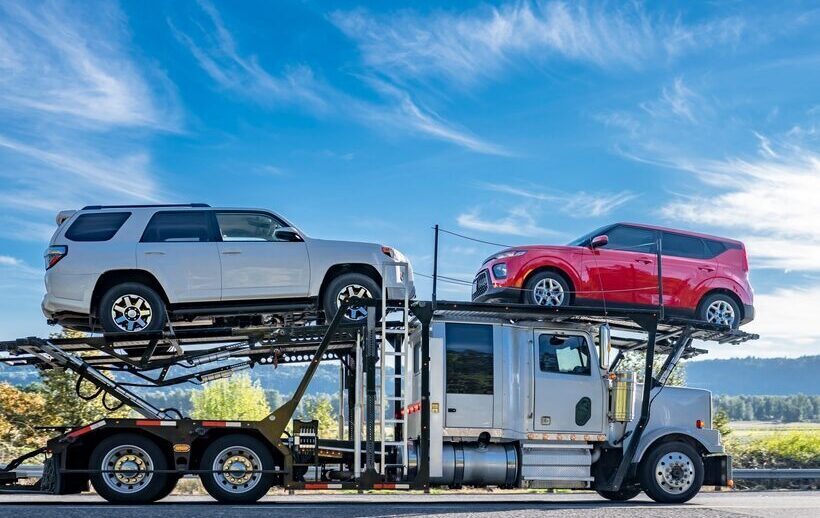
Auto Transport Terminology Every Customer Should Know
By The Car Carriage
Shipping your vehicle for the first time can feel overwhelming, especially when you’re bombarded with industry jargon that sounds like a foreign language. At Car Carriage, we believe informed customers make better decisions, which is why we’ve compiled this comprehensive guide to auto transport terminology. Whether you’re relocating across the country, buying a car online, or sending a classic vehicle to a show, understanding these key terms will help you navigate the process with confidence.
Carrier Types and Equipment
Auto Carrier/Car Hauler: The truck and trailer combination specifically designed to transport multiple vehicles. These massive rigs are the backbone of the auto transport industry, capable of carrying anywhere from 2 to 10+ vehicles depending on their configuration.
Open Carrier: The most common and cost-effective transport method, featuring an uncovered trailer that exposes vehicles to weather and road debris. While this might sound concerning, open carriers safely transport millions of vehicles annually, including brand-new cars from manufacturing plants to dealerships.
Enclosed Carrier: A premium transport option where vehicles are loaded into a fully covered trailer, providing maximum protection from weather, road debris, and prying eyes. This method is typically reserved for luxury vehicles, classics, or cars with significant value.
Single-Level vs. Multi-Level: Single-level carriers transport all vehicles on one deck, while multi-level carriers stack vehicles on two or more levels to maximize capacity and reduce per-vehicle costs.
Service Types and Delivery Options
Door-to-Door Service: The carrier picks up your vehicle from your specified location and delivers it directly to your destination address. This premium service offers maximum convenience but may require accessible streets for large trucks.
Terminal-to-Terminal: A more economical option where you drop off and pick up your vehicle at designated terminals or lots. While less convenient, this can significantly reduce costs, especially for urban shipments.
Expedited Shipping: Priority service that guarantees faster pickup and delivery times, usually within 1-3 days. Expect to pay premium rates for this level of service.
Standard Shipping: Regular transport service with typical pickup windows of 1-7 days and transit times varying by distance. This represents the best balance of cost and convenience for most customers.
Pricing and Contract Terms
Broker vs. Carrier: A broker acts as an intermediary, finding carriers for your shipment, while a carrier actually transports your vehicle. Many companies operate as both, but understanding the distinction helps clarify who you’re working with.
Binding vs. Non-Binding Quote: A binding quote guarantees the final price regardless of circumstances, while non-binding quotes can change based on factors like vehicle size, accessibility, or fuel costs.
Deposit: The upfront payment required to secure your booking, typically ranging from $100-300. This amount is usually applied toward your final balance.
COD (Cash on Delivery): The remaining balance due when your vehicle is delivered. Most carriers accept cash, certified funds, or sometimes credit cards for this final payment.
Fuel Surcharge: An additional fee that may be applied when fuel prices exceed certain thresholds. This helps carriers manage volatile fuel costs that can significantly impact their operating expenses.
Vehicle Conditions and Documentation
Bill of Lading: The legal document that serves as your shipping contract and receipt. It includes pickup and delivery details, vehicle condition, and terms of service. Always read this document carefully before signing.
Vehicle Inspection Report: A detailed assessment of your vehicle’s condition before and after transport, documenting existing damage, scratches, dents, or other issues. This report is crucial for insurance claims if damage occurs during transit.
Operable vs. Inoperable: Operable vehicles can start, run, steer, and brake normally. Inoperable vehicles require special equipment like winches for loading, which increases shipping costs by $75-150.
Oversized Vehicle: Cars, trucks, or SUVs that exceed standard dimensions (typically over 8 feet wide, 6 feet high, or 20 feet long) require special permits and equipment, resulting in additional fees.
Insurance and Protection
Carrier Insurance: The liability coverage that all licensed auto transport carriers must maintain, typically ranging from $750,000 to $1,000,000. This insurance covers damage that occurs during transport due to carrier negligence.
Gap Coverage: Additional insurance that covers the difference between your vehicle’s value and the carrier’s maximum liability coverage. This is particularly important for high-value vehicles.
Declared Value: The amount you state your vehicle is worth for insurance purposes. This figure should reflect your car’s actual market value, as it determines potential compensation limits.
Acts of God/Force Majeure: Events beyond the carrier’s control, such as severe weather, natural disasters, or road closures, which may delay shipment or, in rare cases, cause damage not covered by standard insurance.
Scheduling and Logistics
Pickup Window: The timeframe during which your vehicle will be collected, typically spanning 1-7 days for standard service. Factors like location, season, and route popularity affect these windows.
Transit Time: The estimated duration for your vehicle to travel from pickup to delivery location. Cross-country shipments typically take 7-14 days, while regional moves may require 3-7 days.
First Available Date: The earliest possible pickup date based on carrier availability and routing. Popular routes have more frequent service, while remote areas may require longer wait times.
Delivery Appointment: Some carriers offer scheduled delivery windows, allowing you to plan for vehicle arrival. This service may include additional fees but provides valuable peace of mind.
Route and Geographic Considerations
Primary Routes: Major highways and corridors with high shipping volume, such as I-95 along the East Coast or I-10 across the South. Vehicles shipping along these routes typically enjoy faster service and lower costs.
Secondary Routes: Less traveled paths that may require additional time and cost. Rural pickups or deliveries often fall into this category.
Seasonal Pricing: Rate fluctuations based on demand patterns, with winter months typically seeing higher prices for routes to warmer states as people relocate or transport seasonal vehicles.
Remote Area Surcharge: Additional fees for pickups or deliveries in areas with limited carrier access, typically adding $50-200 to standard pricing.
Understanding Your Rights and Responsibilities
FMCSA (Federal Motor Carrier Safety Administration): The federal agency that regulates interstate auto transport companies. Licensed carriers must display their USDOT and MC numbers, which you can verify through the FMCSA website.
Right of Refusal: Your legal right to refuse delivery if your vehicle shows damage not documented during pickup. Exercise this right immediately, as accepting delivery can complicate damage claims.
Damage Claims Process: The formal procedure for reporting and resolving transport-related damage. Most carriers require written notice within 24-48 hours of delivery, followed by repair estimates and documentation.
Making Informed Decisions
Understanding these terms empowers you to ask the right questions, compare services accurately, and avoid common misunderstandings. When reviewing quotes, pay attention to whether they’re binding or non-binding, what type of carrier will transport your vehicle, and what insurance coverage applies.
Remember that the cheapest quote isn’t always the best value. Consider factors like company reputation, insurance coverage, and service level when making your decision. A reputable company like Car Carriage will gladly explain any terminology you don’t understand and provide transparent pricing without hidden fees.
The auto transport industry has evolved significantly over recent decades, with improved safety standards, better tracking technology, and enhanced customer service. By familiarizing yourself with these essential terms, you’re taking an important step toward ensuring a smooth, stress-free vehicle shipping experience.
Whether you’re shipping a daily driver or a prized collector car, knowledge is your best protection. Don’t hesitate to ask questions, request clarification, and ensure you understand every aspect of your transport agreement before signing. Your vehicle deserves the best possible care, and understanding these terms helps ensure it receives exactly that.

